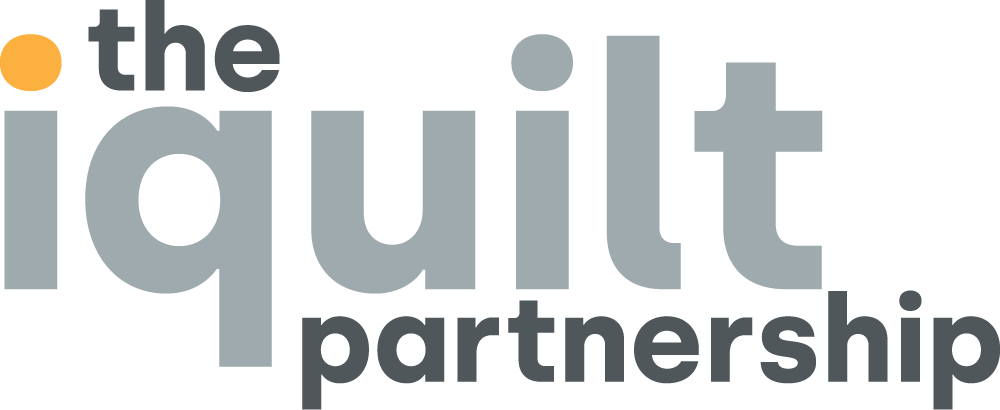Creative Cities Conversation with Leslie Koch
Leslie Koch, President of The Land Trust for Governors Island, came to Hartford to participate in our Creative Cities Conversation. She shared her thoughts on placemaking and lessons learned from the transformation of Governors Island. The complete conversation, and two shorter features on the topics of externalizing assets and private investors vs. public sector are now available on our YouTube channel.
What did you think of the Creative Cities Conversation? You can read what David Panagore and Doug Suisman thought of the evening, below, and we encourage you to share your thoughts with us by email.
“Leslie Koch’s recent visit to Hartford revealed both her creative vision and attention to very particular details. In her talk, while she focused her comments on a few key elements of the Governors Island experience, she emphasized that in every decision her team started with a simple yes, rather than the negative “it’s not possible.” Each of the key elements she discussed – food, hammocks and event programming – in its own way formed a connection, a bond with Governors Island’s target audience, park visitors.
During her talk, I was struck by the similarities and then differences with iQuilt. While Governors Island is built around day visitors, iQuilt is built into a 24/7 downtown, where people work and live, along with daily tourists. Does this make a difference? I don’t think so. Both environments attempt to build a walkable, entertaining locale that connects with its audience. Governors Island first used food to connect with their audience, IQuilt first uses art. However, at Envisionfest, right after art comes food, and on Governors Island, there are many art events over the course of the summer season. She found ways to make connections with her audience which she repays in the simple two page open application process for events.
From Leslie’s comments, I conclude that it’s about trust, both creating a trusting relationship with your audience; her example was finding kosher food for the observant park goers, and trust in yourselves to try new ideas; her example being hammocks, a one time thing that turned into one of the Island’s most popular activities (I do think laying on your back skylarking in a hammock is an activity, who says you have to sweat to be active). All this without discussing costly capital improvements. In fact, it was only at the end of her conversation with Doug Suisman that Leslie touched on the cost and process of turning an old military base into a vast park. Leslie said that capital budgets and capital improvements did not lead the way, in fact they followed. Unfortunately, there wasn’t enough time left for her to expand on that topic. There is definitely more to learn from Leslie Koch about how to succeed. ”
— David Panagore, iQuilt Board of Corporators
“Leslie Koch’s visit to Hartford was inspiring, informative, and thought-provoking. My biggest take-away was focusing on the needs of our visitors – and using that term broadly: people ranging from tourists staying overnight, to regional day visitors, to those coming to downtown from Hartford’s neighborhoods, and even to regular employees downtown. It seems essential to foster and strengthen a reputation for Hartford, especially downtown, as a welcoming place, with the infrastructure in place to foster diverse, changing, and stimulating life on the streets. Though Hartford has a long and proud history as a place of work and production, it must evolve into a place where creative work and production spills onto the streets. Sidewalk vibrancy can derive from everyday activities, but also and more essentially, from creative activities which reflect Hartford’s strength in arts and culture.
Governors Island offers New Yorkers from dense urban neighborhoods a chance to experience wide open space, horizontal landscapes, car-free park space, and open-ended arts activity. That contrast is essential to its success. Downtown Hartford is also an island of sorts, in a sea of pastoral Connecticut towns and suburbs, and it should also offer a striking contrast: a dense, vibrant urban scene with arts and cultural offerings not available in towns and suburbs.
Top-down programming is still needed, but increasingly Hartford can encourage bottom-up programs, where individuals and arts groups are given the platform, the space, and the permission to determine what they will bring outdoors and to the general public.
”
— Doug Suisman, Suisman Urban Design
